

| Group Members |
| Research |
| Teaching |
| Masterarbeiten / Master Projects |
| PhD Topics |
| Open Positions |
| Publications |
| Presentations |
| X-ray & infrared images |
Research Topics of the Young Stars & Star Formation group
We perform, analyze, and interpret observations of individual young stars and whole star forming regions at optical, infrared, X-ray, and sub-mm wavelengths. The main areas of research are currently:
Properties and Evolution of Young Stellar Objects and their Protoplanetary Disks |
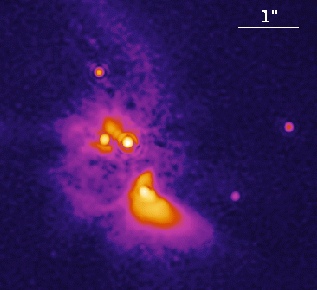
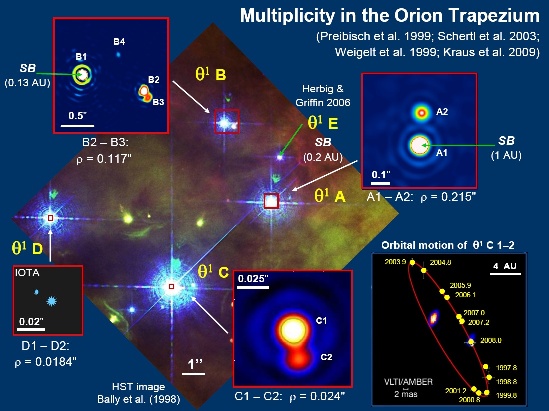
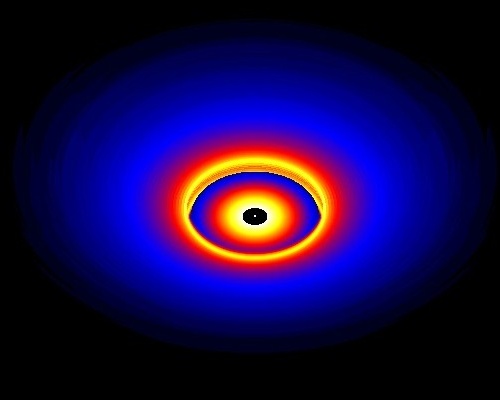
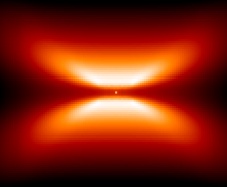
|
We study Young Stellar Objects (YSOs) and their circumstellar environment
with various techniques, including infrared imaging, interferometry, and spectroscopy,
in order to investigate the structure and properties of their protoplanetary disks.
One important aim is to get new insight into the conditions for planets forming in
these disks.
With the techniques of Speckle Interferometry
and
Long-baseline Interferometry
at the ESO VLTI
we studied
the formation region of terrestrial planets in protoplanetary disks,
investigated the protostellar jets and outflows from YSOs, and resolved
close multiple systems.
We are currently involved in the DFG Research Unit FOR 2634/1 Planet Formation Witnesses and Probes: TRANSITION DISKS , where we study the properties and the temporal evolution of protoplanetary disks, and in particular the influence of the strong X-ray emission from young stars on the evolution of the disk via the process of X-ray driven photoevaporation, which can have far-reaching consequences for the planet-formation processes occurring in these disks.
Since the year 2021 we are also involved as Founding Survey Members in the Twinkle space mission. Twinkle will deliver visible and infrared spectroscopy of thousands of exoplanets, stars and protoplanetary disks. These data will be used to connect the results of observational and numerical studies of protoplanetary disk evolution to the properties of the planets.
X-ray Studies of Young Stars |
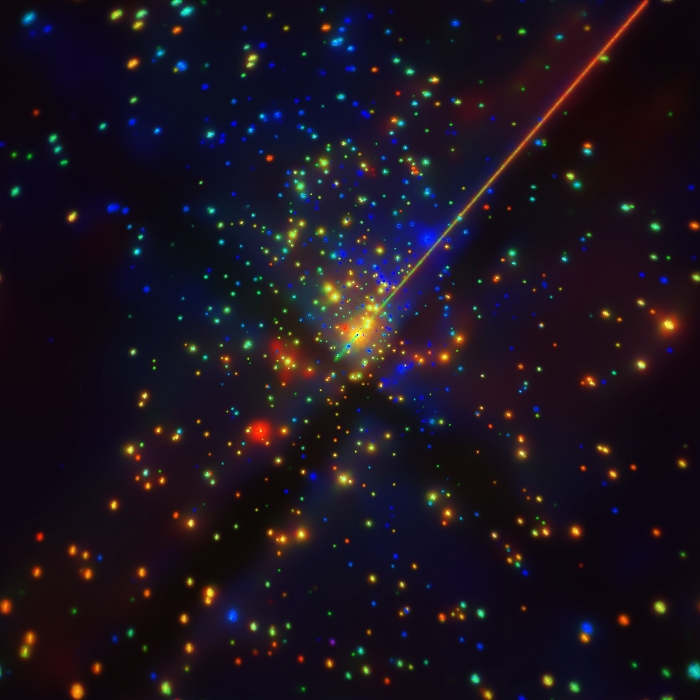
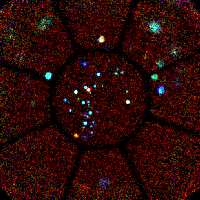
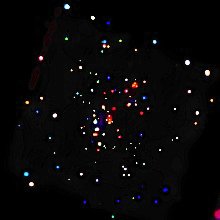
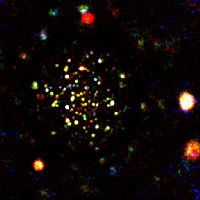
|
Young stars generally show very strong X-ray emission, hundreds to thousands times stronger than our Sun. A good knowledge of the X-ray properties of young stars is not only of paramount importance for the understanding of the physical mechanisms that lead to the X-ray emission and their relation to the magnetic activity; the X-ray irradiation of protoplanetary disks has also far-reaching implications for the formation of planetary systems and the evolution of protoplanetary atmospheres. Furthermore, since X-ray radiation is much less affected by extinction than optical light, X-ray observations can penetrate up to AV ~ 500 mag into dark clouds and allow a deep look at embedded very young stellar objects (protostars). Since X-ray activity is particularly effective in discriminating young (up to ~ 50 million years old) stars from unrelated, much older fore- and background field stars, X-ray studies are also a very important tool to reveal the stellar populations of star-forming regions.
We have performed numerous X-ray observations of young stellar clusters and star-forming regions with the ROSAT, XMM-Newton, and Chandra satellites. Some years ago, the Chandra Orion Ultradeep Project (COUP), a unique 10-day long observation of the Orion Nebula Cluster, provided the most comprehensive dataset ever acquired on the X-ray emission of young stars. We also were deeply involved in the Chandra Carina Complex Project that has used 1.5 Mega-seconds (17.4 days) Chandra observing time to perform a 1.4 square-degree X-ray survey of the entire Carina complex.
Relevant publications include: A3, B100, B94, B83, B82, B80, B77, B76, B75, B74, B73, B72, B69, B63, B60, B59, B53, B51, B50, B49, B48, B47, B46, B42, B40, B36, B33, B32, B27, B24, B17, B15, B14, B13, B11, B10, B8, B7, B6, B3, B2A summary of the high-energy processes in stellar coronae can be found in the proceedings of the conference "Coronae of Stars and Accretion Disks".
Stellar Populations, Feedback, and Triggered Star Formation in OB Associations |
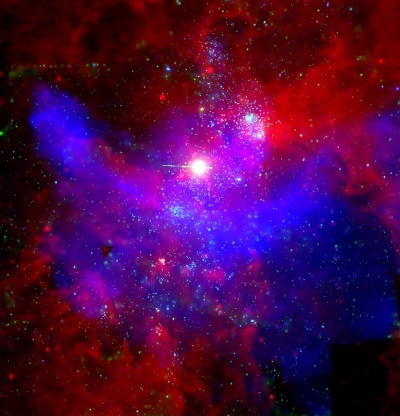
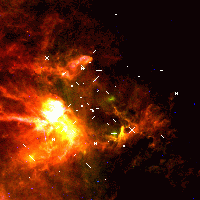 |
Most stars form in large clusters and associations, close to massive OB stars, which affect their environment by ionizing radiation, stellar winds, and, finally, supernova explosions. Studies of the stellar populations and the star formation history in OB associations provide important insights into interactions and feedback effects.
Currently, the largest project in the group is a comprehensive multi-wavelength project to study the young stellar populations in the Carina Nebula. This site of very recent and ongoing massive star formation allows a detailed look at the interaction of the winds and radiation of the numerous very massive young stars with the surrounding molecular clouds. With near-infrared, X-ray, and sub-mm observations we investigate how the feedback from the massive stars disperses remnant clouds at some locations and triggers new generations of stars in other locations.
Another project in this context is a comprehensive investigation of the Upper Scorpius OB Association. Following large multi-object spectroscopic surveys to identify a large and representative sample of low-mass members, our studies of the mass function and the age distribution of the members allowed a detailed reconstruction of the star formation history of this association. The results suggest that the star formation process in Upper Sco was triggered, most likely by the shock-wave of an expanding supernova- and wind-driven superbubble from the nearby Upper Centaurus Lupus association. In a project funded in the context of the DFG Priority Program 1573: Physics of the Interstellar Medium), we investigated the effect of the winds and ionizing radiation of the massive stars on the surrounding interstellar medium.
Relevant publications include: A5, A2, A1, B111, B108, B103, B101, B99, B98, B97, B95, B94, B93, B92, B90, B88, B87, B86, B85, B84, B78, B77, B75, B74, B71, B70, B69, B29, B22, B16, B12, C29